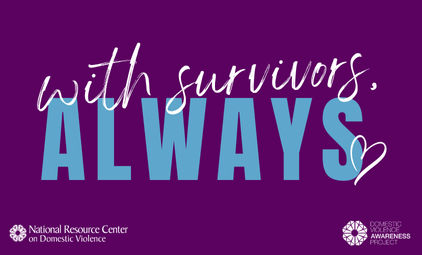by Louie Marven of the LGBT Center of Central PA
LGBTQ youth encounter a number of barriers in accessing safe spaces. While LGBTQ youth experiences remain vastly under-researched, there are some valuable resources that shed light on school climate for LGBTQ students in middle and high schools and colleges. This research demonstrates, among other findings, that LGBTQ students experience bullying and harassment at alarming rates, especially compared to their non-LGBTQ peers.
A topic that is sometimes lost in the conversation around LGBTQ youth access to safe spaces is the topic of healthy dating relationships. This February, for Teen Dating Violence Awareness and Prevention Month, consider how you can ensure that this topic gets the attention it deserves.
 Due to social disconnection, LGBTQ youth experience a number of risk factors associated with dating violence, ranging from substance abuse to mental health concerns, as well as social rejection, which is often directly associated with disclosure of sexual orientation or gender identity. LGBTQ youth in dating relationships face similar challenges as their non-LGBTQ peers, but also face some unique challenges. These may include partners using the threat of “outing” to maintain control, challenges in accessing help because of internalized shame, fear of harassment, or lack of legal protections, and lack of access to models of healthy relationships. Here are some tips to help address this last, and very important, challenge:
Due to social disconnection, LGBTQ youth experience a number of risk factors associated with dating violence, ranging from substance abuse to mental health concerns, as well as social rejection, which is often directly associated with disclosure of sexual orientation or gender identity. LGBTQ youth in dating relationships face similar challenges as their non-LGBTQ peers, but also face some unique challenges. These may include partners using the threat of “outing” to maintain control, challenges in accessing help because of internalized shame, fear of harassment, or lack of legal protections, and lack of access to models of healthy relationships. Here are some tips to help address this last, and very important, challenge:
Ask LGBTQ youth about their good relationship role models, and encourage them to identify why.
LGBTQ people and characters are more prevalent in mass media than ever before, which presents both opportunities and challenges. While LGBTQ youth may be more able to see people like them in news and entertainment, diversity of these LGBTQ models is not a definite. Encourage critical thinking around what kinds of LGBTQ identities and experiences are demonstrated in media, and what’s missing.
Make sure there are LGBTQ staff and volunteers associated with your youth programming.
Beyond having diverse representations of LGBTQ people as part of your staff and volunteer leadership, make sure this leadership is trained in having conversations about healthy relationship behaviors. There is particular skill required in both engaging in and talking about healthy relationships!
Facilitate the opportunity for intergenerational sharing and camaraderie in the LGBTQ community.
Last Fall during LGBT History Month, participants from The Center’s youth and aging programs had a party together. This was the first time it had been done, and it will definitely happen again! LGBTQ youth often do not grow up in households headed by LGBTQ parents, so the skills associated with navigating the world in the face of challenges like discrimination, harassment, and cultural invisibility associated with these identities are often not observed over the course of childhood. A community is an opportunity to meet this need.
Include diverse representation of relationships wherever possible.
Marketing materials, program guest speakers, waiting room literature, and social media posts all provide opportunities for promoting diverse representation. Ask yourself and your colleagues questions like, “Who is part of our community?” and, “How do the ways we talk about relationships reflect that we recognize and value LGBTQ people as part of our community?”
Don’t limit your work in this area to gender-normative “same-sex” couples.
When we do get around to having these rare opportunities to model healthy dating relationships, the models are typically limited to gender-normative gay or lesbian couples. What does it mean for bisexual people to be in a healthy dating relationship? What about transgender people? The invisibility of LGBTQ models for healthy relationships is pervasive enough that we need to be committed to modeling multiple LGBTQ experiences in meeting this need.
What else do you do to support LGBTQ youth in identifying models of healthy relationships?
Louie Marven is the executive director of the LGBT Center of Central PA, headquartered in Harrisburg, PA. This post includes contributions from Cori Finkler and Sarah Warner, social work students at Millersville University in Lancaster County, PA.















